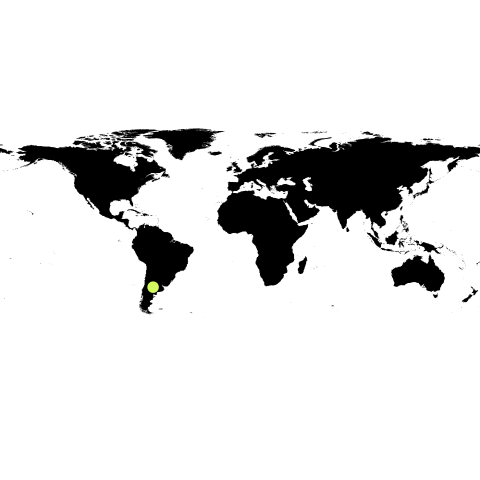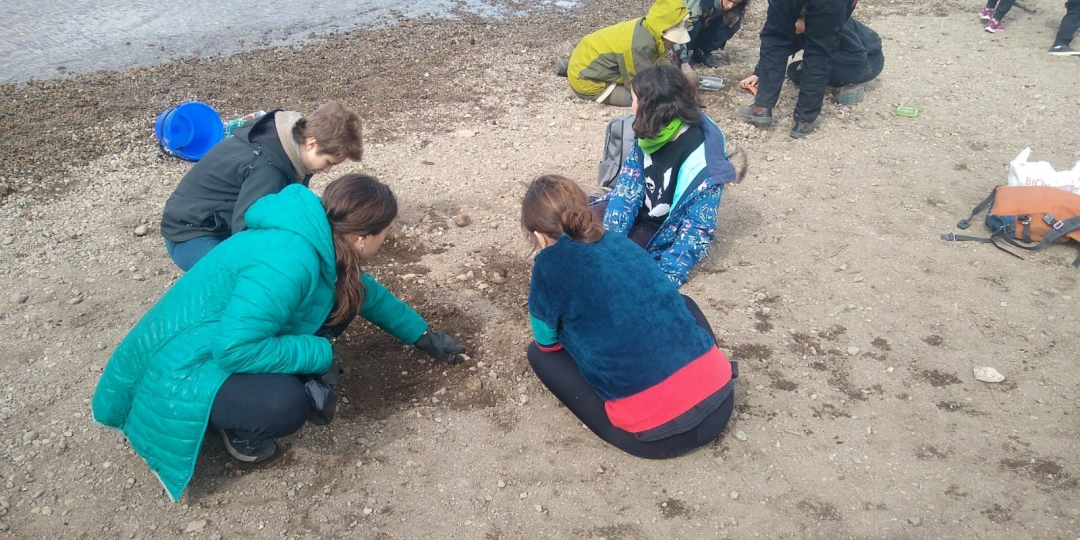Disclaimer:
Please be aware that the content herein is comprised of personal reflections, observations, and insights from our contributors. It is not necessarily exhaustive or authoritative, but rather reflects individual perspectives. While we aim for accuracy, we cannot guarantee the completeness or up-to-date nature of the content.
Type of project
Contributory project: It is designed by members of the scientific community, and citizens participate in data collection.
Collaborative project: Citizens participate in data collection and analysis.
Co-created project: Citizens participate in all stages of the scientific process.
Overall goal
Identify and analyze the presence of plastic pollutants in freshwater coasts (lakes and rivers) of different cities in Río Negro through collaborative environmental monitoring with high school students.
Specific goals
Collaboratively determine plastic pollution levels in freshwater coasts of the province’s different areas.
Quantify and classify pollutants found in field trips.
Design proposals and materials to work with educational communities, institutions, and the public sector to reduce the use of plastics, look for accessible alternatives and maximize their recycling potential.
Description of citizen participation
The students who participate in the initiative sample and collect plastics on the freshwater coasts of their cities, record the number of plastics found, and classify them. The study works with two hypotheses: 1) the level of pollution is related to the population density of a city and 2) the types of pollutants found on freshwater beaches are not different from those found in marine coastal areas. In class, an analysis of field-collected data is carried out. Before a beach field trip, students participate in a short educational talk about waste with a focus on plastic pollution issues and discuss the correct way to collect data on the beach and analyze it in the classroom, taking into account that this data could be used for a scientific study. This exchange of opinions contributes to identifying the most common type of plastic waste found, sharing thoughts on alternatives to reduce the amount of waste on beaches and in other environments, suggesting new locations for cleanups, and promoting waste sorting at their school or home, etc. Lastly, all data collected by students is recorded on a database to characterize pollution at different sample locations. A spreadsheet with the data is sent to the teachers of every class participating in the project and it is going to be available for viewing and downloading on an open-access website using a link.
Time Frame
11/1/2021 - N/A.
Project leaders
Micaela Buteler, Biodiversity and Environment Research Institute (INIBIOMA, by its Spanish acronym)/National Scientific and Technical Research Council (CONICET, by its Spanish acronym)
Contact information
Email: [REDACTED_EMAIL]
Web: inibioma.conicet.gov.ar; inibioma.conicet.gov.ar/ecologia/ (Grupo de Investigación y Divulgación de los Efectos de la Contaminación por plástico [Dissemination and Research Group on the Effects of Plastic Pollution])
Social media: instagram.com/inibiomaabierto; instagram.com/beelabscience
SDGs
 Consent to share form or official link.
Consent to share form or official link.

 3Good health and well-being
3Good health and well-being 4Quality education
4Quality education 12Responsible consumption and production
12Responsible consumption and production


Comments
Log in to add a comment or reply.